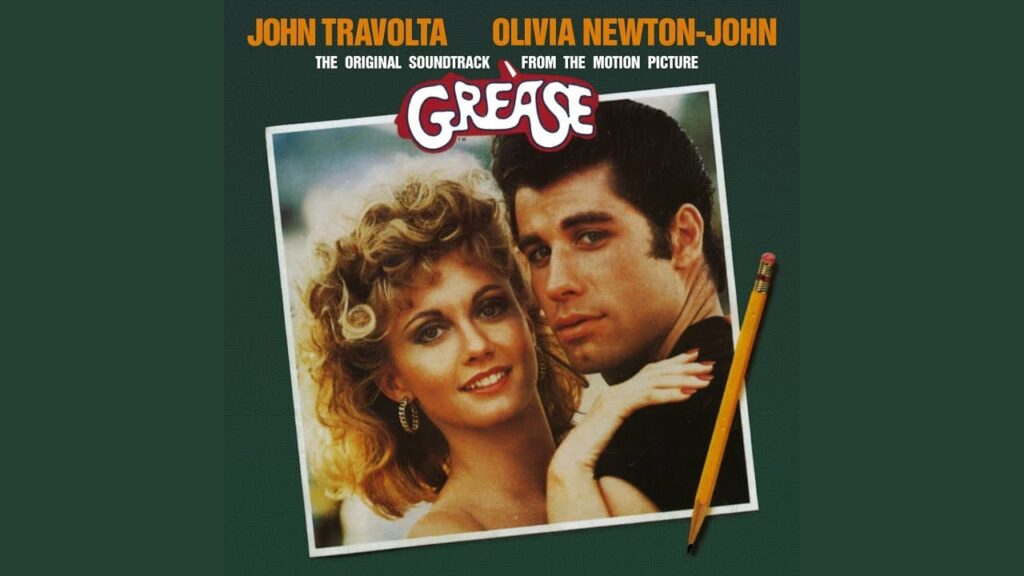
A Sweetly Vulnerable Plea for Acceptance: When Olivia Newton-John Grappled with Identity as “Sandra Dee.”
“Look At Me, I’m Sandra Dee,” a pivotal and emotionally resonant song from the iconic 1978 film soundtrack “Grease,” perfectly encapsulates the internal conflict and yearning for acceptance experienced by Sandy Olsson as she contemplates changing her image for the sake of love. While the soundtrack itself was a massive international success, topping charts worldwide and becoming one of the best-selling albums of all time, “Look At Me, I’m Sandra Dee” wasn’t released as a standalone single. However, its powerful narrative and Olivia Newton-John’s heartfelt performance made it a standout track, deeply connecting with audiences who understood the desire to be seen and loved for who they are, or who they are willing to become. The song’s meaning is a poignant and somewhat desperate plea from Sandy to her lost love, Danny Zuko, expressing her willingness to shed her innocent, “good girl” image and embrace a more rebellious persona, symbolized by the movie star Sandra Dee, in the hope of winning his affection and fitting into his world. It transforms a personal struggle with identity and love into a memorable and emotionally resonant musical moment.
Imagine the dramatic spotlight on a young woman, her voice filled with a mix of vulnerability and determination, as Olivia Newton-John sings of her internal struggle, wanting to be seen and accepted for who she is, or who she is willing to become for love, in “Look At Me, I’m Sandra Dee.” Her portrayal of Sandy’s earnestness and her powerful vocal delivery made this song a key emotional turning point in the film. Featured prominently on the phenomenally successful “Grease” soundtrack, this track wasn’t just a song; it was a narrative device, revealing Sandy’s inner turmoil and her willingness to step outside her comfort zone for the sake of love. The theatrical arrangement, with its dramatic shifts in tone and tempo, and Newton-John’s expressive vocals perfectly conveyed Sandy’s desperation and her longing to connect with Danny on his terms. Her heartfelt delivery and the relatable theme of changing oneself for love made it a deeply impactful moment in the film and a beloved song for many.
The story behind “Look At Me, I’m Sandra Dee” lies within the narrative of “Grease” itself. Written by Jim Jacobs and Warren Casey for the original stage musical, the song serves as Sandy’s emotional breaking point, a moment of realization that her initial attempts to remain true to herself haven’t won Danny back. The reference to Sandra Dee, a popular and wholesome actress of the era, highlights Sandy’s initial innocent image, which she feels is a barrier to Danny’s affection. Olivia Newton-John’s portrayal brought a delicate vulnerability to the song, making Sandy’s willingness to change all the more poignant. The song’s enduring popularity stems from its honest exploration of the compromises we sometimes consider in the pursuit of love and belonging.
For those of us who have ever felt the pang of wanting to be accepted for who we are, or who have perhaps contemplated changing ourselves to fit into someone else’s world, Olivia Newton-John’s “Look At Me, I’m Sandra Dee” evokes a sense of empathetic nostalgia. It reminds us of the often-confusing navigation of identity and affection in our younger years and the sometimes-difficult choices we face in trying to connect with those we care about. Newton-John’s heartfelt vocals and the song’s dramatic melody offer a moment of shared vulnerability, a comforting acknowledgment of the universal desire to be seen and loved, even if it means stepping outside our comfort zones. It remains a memorable and emotionally resonant song, a poignant exploration of the complexities of love and identity.